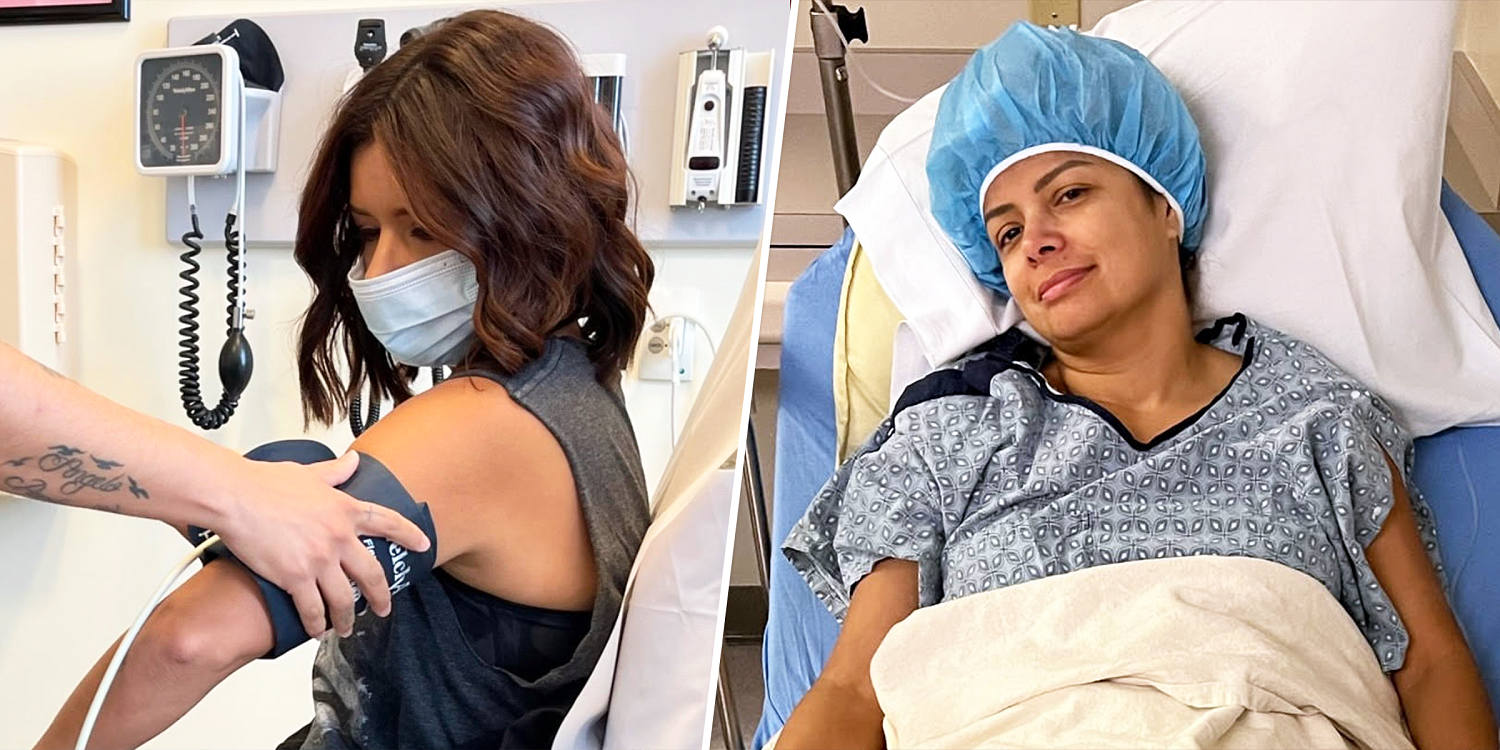
A loaf of bread cost 28 cents, Gerald Ford was president, 55 miles per hour was the national speed limit, smoking was allowed in hospitals, X-rays were taken on film and processed in dark rooms in radiology departments across the U.S., and MRIs and ultrasounds didn’t even exist.
It was 1974, and on Sept. 16, 29-year-old Lauralee Krueger (Hearn) started her first day of work as a transcriptionist in the radiology department at what was then called Newman Memorial County Hospital. Fast-forward 50 years, and she was the guest of honor at a reception earlier this week, celebrating half a century of keeping things running smoothly for the doctors, technologists and patients in the radiology department at Newman Regional Health.

From 1974 to 2024 Hearn has been the hub of the radiology department, doing everything from transcribing for the doctors in the early days to handling paperwork and answering patients’ calls and questions in later years. Jim Crump, NRH Imaging Director for the last 13 years, recognizes how unusual it is to have someone with this kind of longevity at one job. “It’s rare to have someone do the same job for 50 years and still have such a passion for it,” he said.
“She has such a passion for the people she works with and the people we care for. We are just so blessed.” When she started that day in the late summer of 1974, Hearn never thought she’d still be working the same job in the same place in 2024, but she credits her longevity to one thing: “I love the people I work with,” she said without hesitation.
“The people, the doctors, the patients ...
I just love them.” And they love her. Spanning a 50-year career, former and current co-workers, doctors and administrators continued to stream into the Sunflower Room Tuesday afternoon at the hospital, offering hugs and sharing memories.
Retired radiologist Dr. Stephen Knecht, one of the first radiologists Lauralee worked with when she was first hired in 1974 and with whom she worked for over 36 years, remembers her skill at transcribing for him well. “She would sit right next to me, here in this room,” he gestured, pointing across the room.
“And she would type out my dictation. She was great at her job. You would never have known that she learned how to dictate on the job.
” In fact, Lauralee did not know a thing about dictation when she was hired in the radiology department. As a physical education and home economics graduate of ESU, she was not at all familiar with medical terminology when she accepted the position. But she learned quickly and became fast and accurate at transcribing the radiologist’s dictation into a medical report on her IBM Wheelwriter typewriter.
In her 50 year career in the radiology department, Hearn has had a front-row seat to so much change in the field of radiology. “She’s seen the entire transformation of the computer age changing how we do health care and radiology,” Crump said. “She’s like a living history here for this department.
” She saw CT, ultrasound, MRI, and mammography all revolutionize healthcare, but as a medical transcriptionist, the technological advancement that had the most impact on her job was computerized voice recognition and transcription. With the introduction of computerized voice recognition in the 1990s, the need for transcriptionists changed, and for the first time ever, Hearn faced the possibility of losing her job in the radiology department. “We didn’t need a transcriptionist anymore because we now had the technology for a computer to transcribe the reports for us,” Knecht remembered.
Her job was on the line. But before she could be moved to another part of the hospital the radiologists at the time, Dr. Knecht and Dr.
Fred Neuer made a case to the administration that the radiology department needed a secretary and Hearn would be a perfect fit. And it worked. She transitioned to a more administrative secretarial role and has been working in that position ever since.
“That was the best move we ever made,” Knecht affirmed. After half a century of work, most employees may be looking to coast into retirement. But not Hearn.
She is asked every year on her annual evaluations what goals she would like to reach. And even though it may seem like there would be nothing else for her to do, she always has an answer. “What kind of goals do I need to have after 50 years?” she said, chuckling.
“But I always write down, ‘Need to learn more about computers.’” With an appetite to learn more about the ever-evolving computer technology, it doesn’t sound like Hearn will be calling it quits anytime soon..














